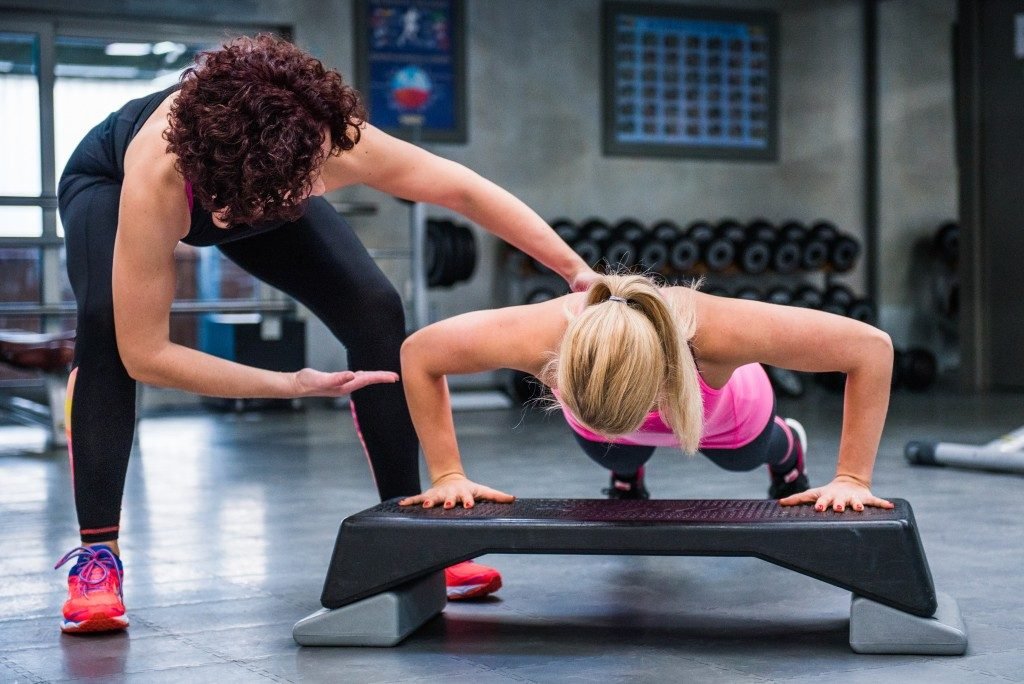 Body temperature matters during exercise, and so is room temperature. But rarely do people consider the type of environment they’re working out at. As long as they’re committed to the intensity and duration of the exercise and getting the results they want, they’re fine.
Body temperature matters during exercise, and so is room temperature. But rarely do people consider the type of environment they’re working out at. As long as they’re committed to the intensity and duration of the exercise and getting the results they want, they’re fine.
Your endurance and the success of your workout also heavily depend on your training environment. And at that, it’s ideal to sweat it out in a cool room. Why? Here are the reasons:
It can activate brown fat
For people who are eyeing to slim down, working out in a cool room can help you better achieve weight loss goals. Cool temperatures, as explained by health experts in Sydney, generate brown fat. This isn’t the usual fat that stores calories.
Quite the contrary, it’s the type of fat that burns calories and generates heat. So, when you work out in a cool room, you’re seizing a double benefit: weight loss from the routine and the activation of brown fat.
You could join fitness studios that offer cold workout sessions or just simply set your thermostat to 60–62°F at your home gym. If you don’t have a system yet, ask around for split system air conditioner installation costs. Sydney HVAC companies might have discounts you can take advantage of.
It makes you work out longer
Some people equate sweating to burning calories. That’s a misconception — a misconception that affects how you perceive workout routines. Some people tend to call it a day after they’ve sweat out excessively, even when they’ve been working out for just a few minutes.
In a cool room, it’s more difficult to break a sweat. It’s also a comfortable environment. So people tend to endure their workout routines until they really get a sense of working hard. Be aware though of over-exercising. It’s important to train in moderation. Of course, warming up is important to avoid injuries.
It keeps you from overheating
Overheating during exercise is common, and it’s dangerous. You may experience cramps, resulting from loss of salt from sweating excessively. Or, this could lead to heat exhaustion and heat stroke.
When you exercise in cooler temperatures, you cut the risk of developing such problems. You tend to drink more water also because you know that the sweat evaporates fast with the cold air. So, generally, cool workouts are safer for you.
Pay attention to the room temperature when you’re working out. Sweat it out while keeping it cool.
